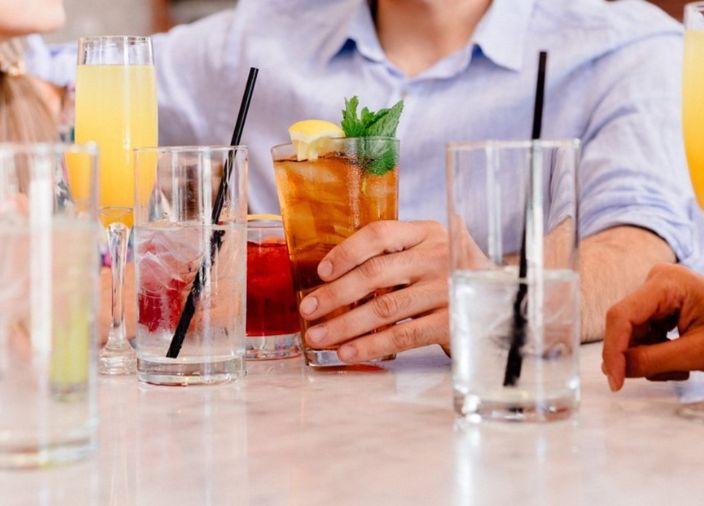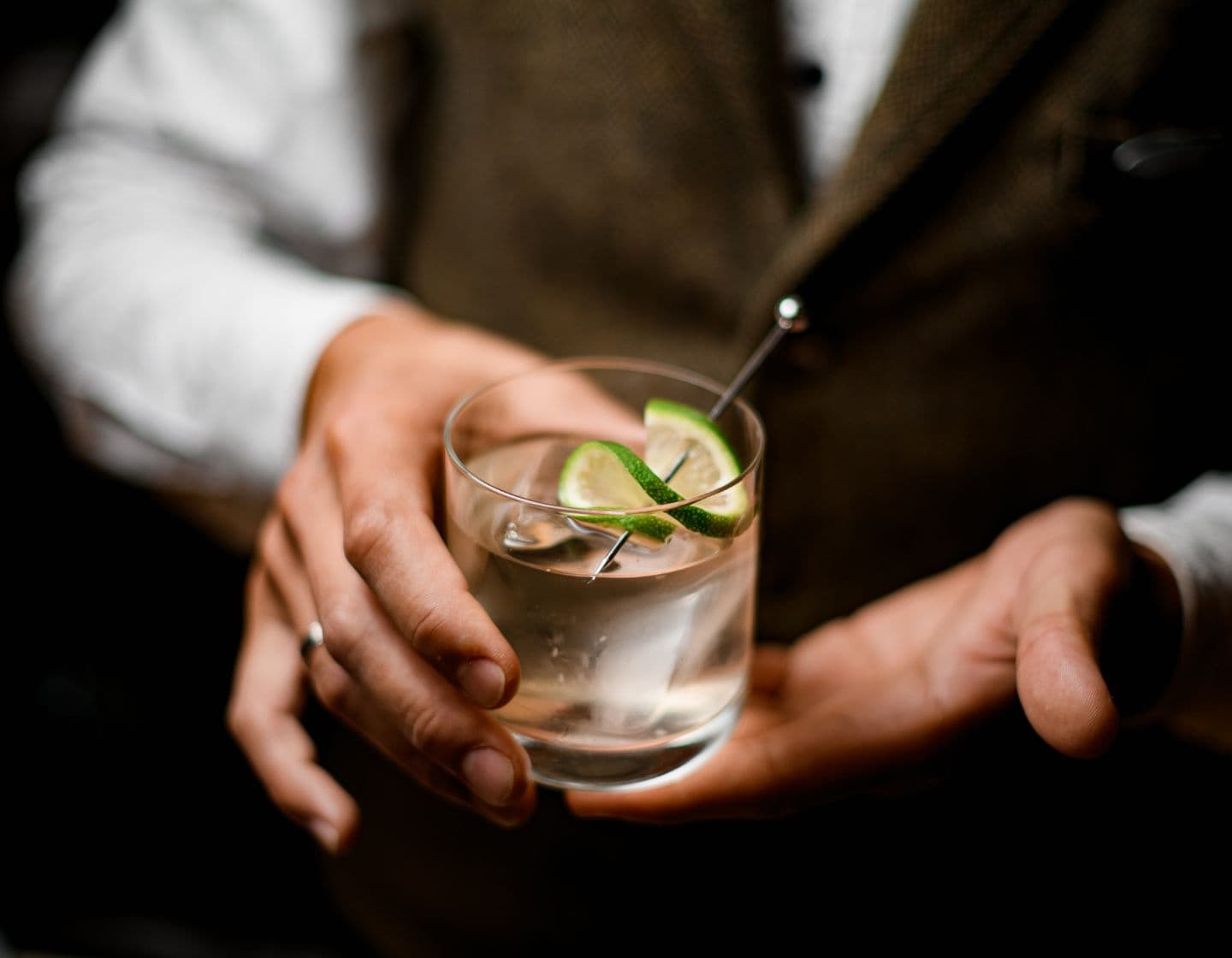Trends And Innovations In Glassware
Glassware is a staple in any bar and an important part of elevating the customer experience. Take a deeper dive into the world of drinking glasses.
Estimated reading time: 5 minutes

A Glimpse Through History
The history of glassware is as old as the art of drinking itself. From ancient civilisations using clay pots and goblets to the refined crystal stemware of the Renaissance, glassware has evolved with societal tastes and technological advancements.
The cocktail era of the 19th and 20th centuries further diversified the landscape, with specific glasses being crafted for particular drinks, underscoring the growing sophistication of the bar scene. Today, even the most rudimentary of dive bars will keep several styles of glassware, and more sophisticated establishments might stock dozens, each with a specific type of drink associated with it.
Common Styles & Their Uses
Learn about the most common styles of glassware and how they're typically used.
Highball/Collins
Highball and Collins glasses are very similar and can often be used interchangeably. Both are typically used for tall mixed drinks built in the glass with plenty of ice.
Used for: Whisky Highball, Bloody Mary, Mojito.
Old Fashioned
Short tumblers often referred to as “lowball” or “rocks” glasses. Typically used for short mixed drinks served with ice (“on the rocks”) or neat spirits, such as whisk(e)y.
Used for: Old Fashioned, Whisk(e)y Sour, Negroni.
Cocktail (or Martini)
Most often associated with Martinis, these are the best option for serving cocktails “straight-up” without ice. Best kept chilled and lifted out before service.
Used for: Martini cocktails, Cosmopolitan and Daiquiri.
Coupe (or Coupette)
Stemmed with a broad, shallow bowl, coupe glasses were originally intended for champagne but are now used interchangeably with martini glasses.
Used for: Espresso martini, Sidecar, Manhattan.
Shot
The smallest glasses behind the bar, used for neat shots or small mixed drinks.
Used for: Boilermaker, Tequila.
Brandy Balloon
Also known as a “snifter”, the size and shape showcase the colour, legs and aromas of the liquid. Typically used for dark spirits and simple brandy drinks.
Used for: Brandy, B&B.
Champagne Flute
A thin stemmed glass with a tapered rim designed to retain bubbles in the glass longer. Typically used for champagne and champagne-based cocktails.
Used for: Kir Royale, Sloe Champagne, Bellini, Mimosa.
White Wine
White wine glasses tend to be taller and are more open and are best kept chilled. Typically used for wine and wine-based cocktails.
Used for: White wine, Sangria, Wine Spritzer.
Red Wine/Copa
Red wine glasses are rounder and fuller to bring out the flavour and aromas of red wine. The large, wide bowl also enhances the botanical flavours in gin and allows space for creative mixers and garnishes.
Used for: Red wine, Gin & Tonic.
Beer Glasses
These come in a variety of styles and shapes, often specially treated (nucleated) to help beer keeps its head.
Used for: Beers, ciders, ales.
You can also use unusual and bespoke glassware to create unique and engaging guest experiences.
Some innovative glassware ideas to get you started:
- Tiki style
- Jars
- Mugs
- Teacups
- Bottles
Watch Now
Best Practice Usage
Learn about key rules for handling your glassware.
1. Hands off
Never touch the rim of a glass. This is for more than just hygiene reasons; the less you handle the glass, the colder the drink will be. Always hold glasses at the base, leaving the top two-thirds for the customer.
2. Size matters
There are subtle differences between the sizes of different glasses, and these distinctions are significant. Think wine glass vs. copa glass; we all know they look very similar, so it’s essential to know the differences. The glass size also affects the quality of the serve, as the glass needs to accommodate the right amount of ice and liquid to achieve a great-tasting drink. Never fill a glass to the brim; allow space for the drink to breathe and for ease of sipping without spilling.
3. Squeaky clean
Before serving a drink, double-check the glass for marks, lipstick or cracks.
Even if the glass has been washed, there is a chance that some traces of detergent may remain. To ensure this is removed, polish glassware with paper towels after rinsing.
Remember, you only get one chance to make an excellent first impression.
4. Cool it
Chilled glasses keep drinks colder. If glassware has been freshly washed, a cold substance can cause the glass to shatter. Take care when using washed glassware and allow time to cool.
5. Stock up
Ensure sufficient glasses are washed and polished to maintain high service levels throughout the shift. Regularly prep glassware throughout your shift to ensure service levels are maintained. There’s always a quiet period in every bar – use this to your advantage.
6. Storage is critical
Take care with glasses with delicate rims, as these are more likely to shatter. All shelving for glassware should be lined with matting and cleaned regularly.

Etiquette in Handling
- The Stem Rule: For stemmed glasses, like the Martini or Flute, always hold by the stem to prevent the warmth of your hand from affecting the drink's temperature.
- Clarity is Key: Presentation matters. Ensure glasses are spotless and clear, free from smudges or detergent marks.
- Respect the Rim: Avoid touching the rim of the glass, especially when serving, to maintain hygiene and a pristine drinking experience.

Safety Measures
- Storage: Store glasses in a dry place, avoiding stacking, which can lead to chipping or breakage.
- Handling Breakages: Broken glass should be immediately and carefully cleaned up. Ensure all shards are accounted for to avoid accidents. Dispose of it in a dedicated glass bin or wrap it in newspaper or cardboard to avoid injury.
- Washing Protocol: Hand wash delicate or crystal glasses. The dishwasher, though convenient, can dull or damage fine glassware.
Key Takeaways
- Modern glassware is more than just a vessel to drink from. The design of a specific glass can have a significant impact on both the aesthetic and sensory perception of a drink.
- Ensure you’re familiar with the various styles of glassware kept in your bar and their uses.
- Glassware is both delicate and a very direct touchpoint between the bar and the guest, so make sure your handling and cleaning processes are up to scratch to deliver spotless glassware and minimise breakages consistently.
Join our global community on Facebook and Instagram, and let’s interact! Become a member of Diageo Bar Academy for free today and get loads of extras, including exclusive access to our free menus, recipe cards, courses, and more!
